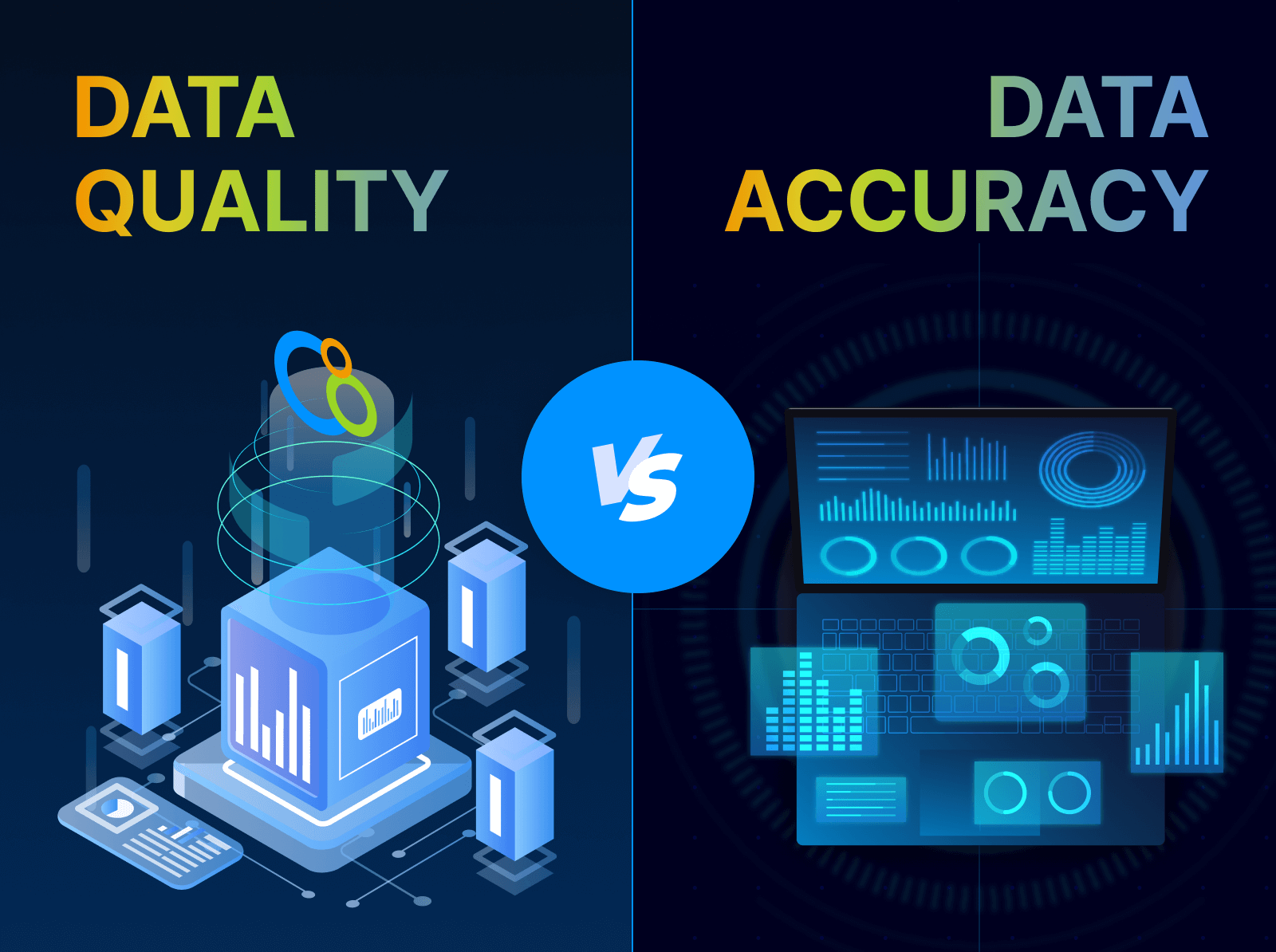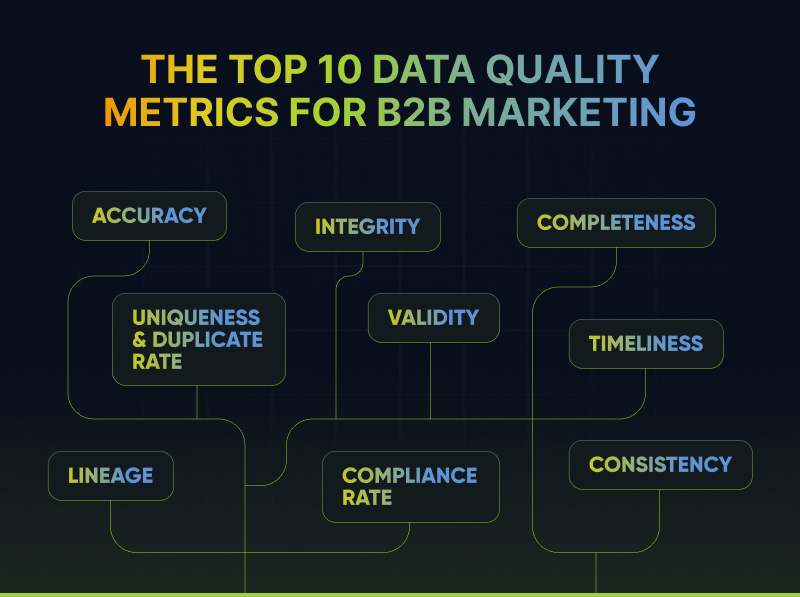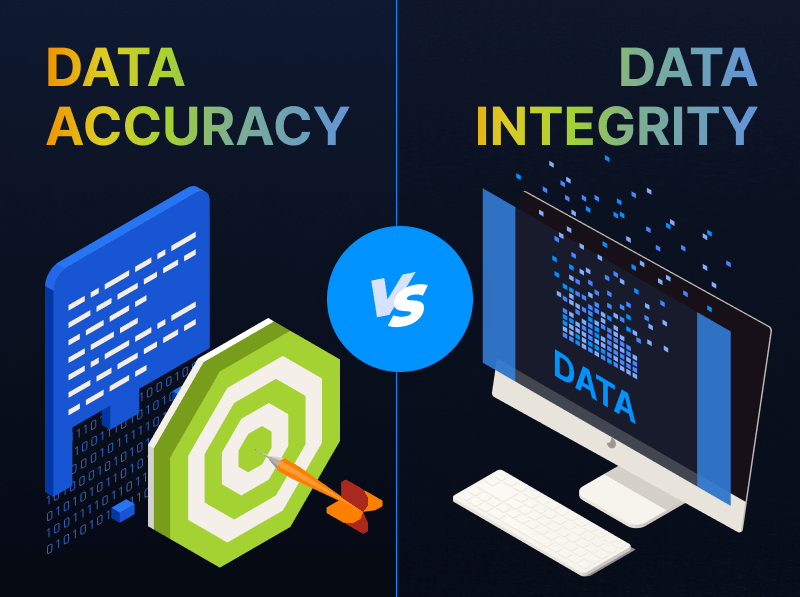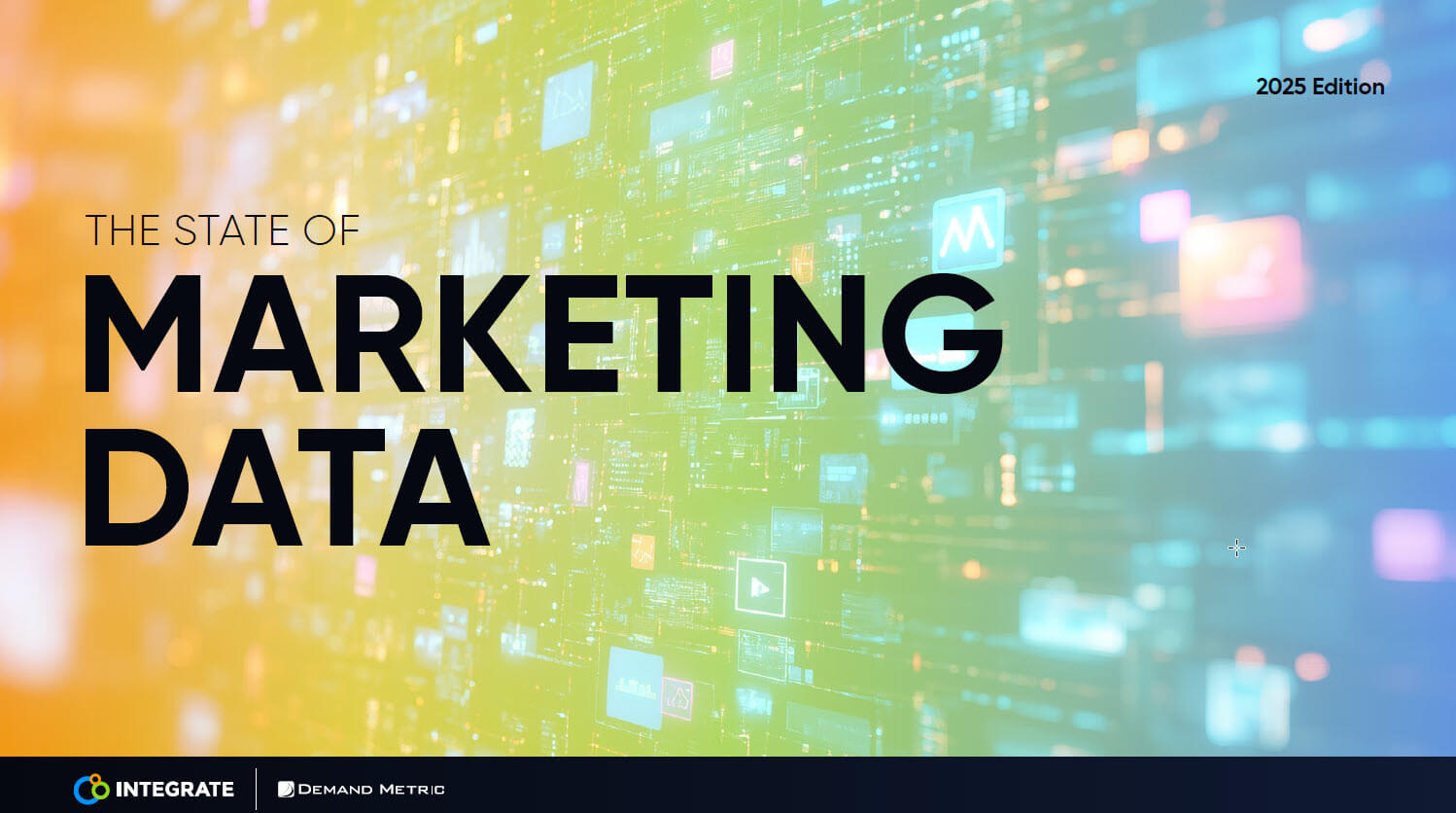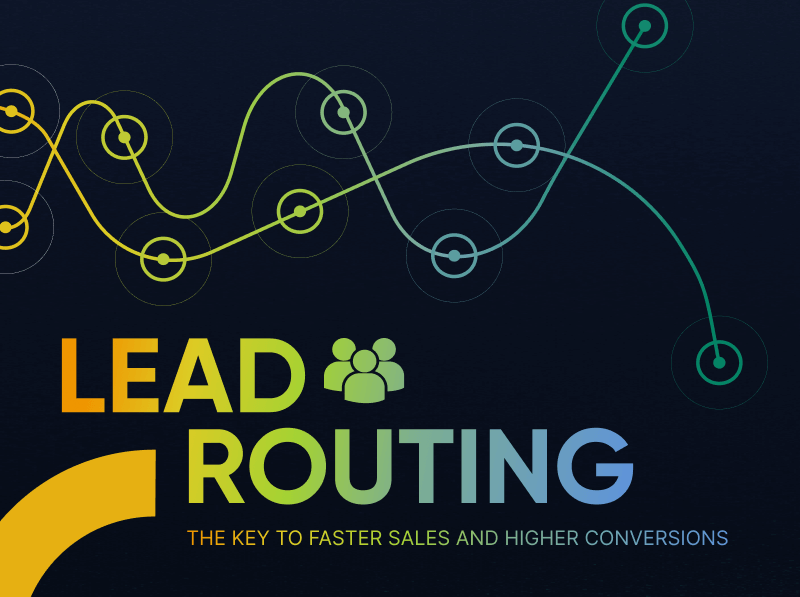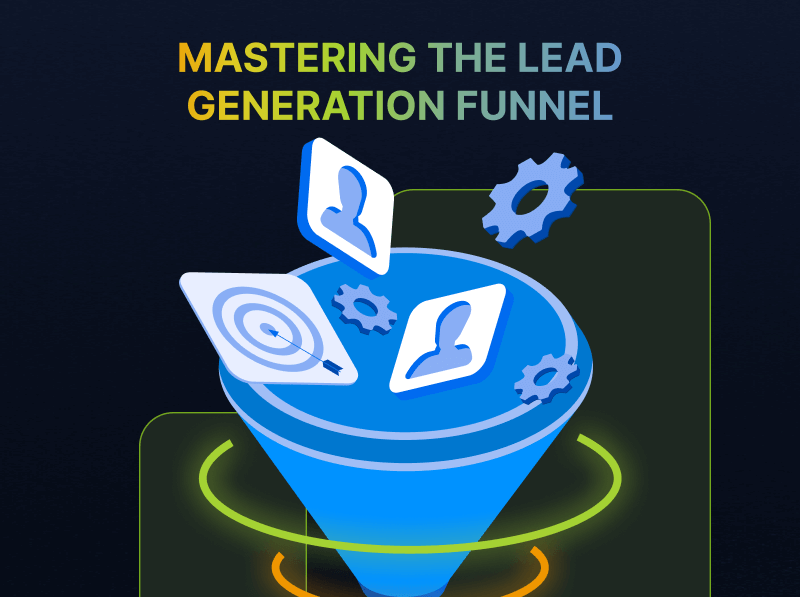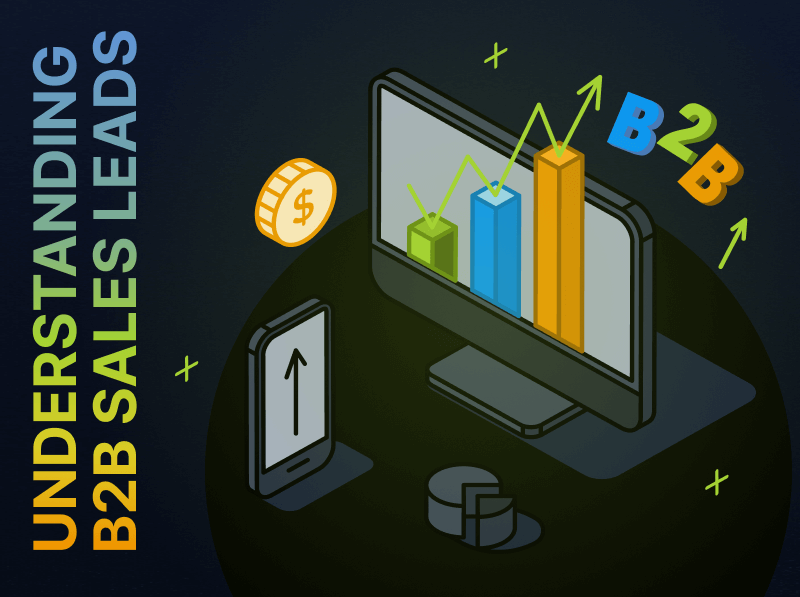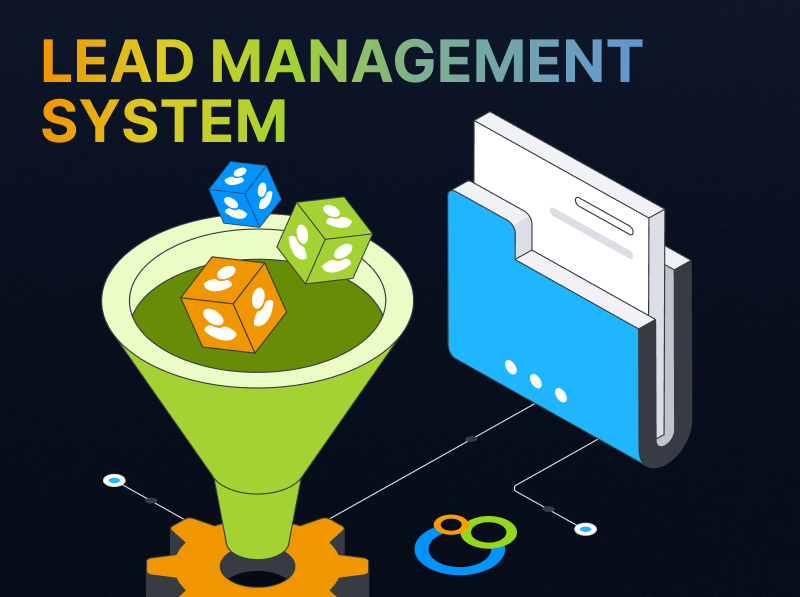Chapter 5: Targeting Buyers with a Data Driven Marketing Strategy
We recently published Precision Demand Marketing: Achieving the Promise of Predictable Pipeline. Over the next few weeks, we’ll provide a recap of each chapter on our blog. This week’s installment provides a glimpse into Chapter Five: “Measure.” Check out blog recaps of Chapters One, Two, Three, and Four.
Marketers have long struggled to measure and demonstrate the success of their campaigns. Today, although we finally have the tech tools to do so, many companies still haven’t put the data-driven marketing strategy in place.
That’s a problem.
Data-driven Marketing for a Buyer-Driven Marketplace
The reality is, buyers are in charge now. To reach them on their paths to purchase, we don’t just want data. We need data. According to Zoominfo, 78% of organizations now believe data-driven marketing increases conversions and customer acquisition rates.
Far too many marketing teams still feel they need data scientists to analyze the disparate information at their disposal –– for good reason. Everything we do seems accompanied by a metric, often more than one. Sometimes, it can seem overwhelming. It doesn’t have to be.
As we explain in our book, “Precision Demand Marketing: Achieving the Promise of Predictable Pipeline,” you can structure a data measurement system that’s usable, accessible, and understandable to all stakeholders.
In today’s buyer-driven world, a strategic, data-driven marketing approach is critical.
The Right Data Elevates the Conversation
“As soon as you focus on the data instead of opinions and personalities, it naturally just starts to create a new foundation,” said Lena Waters, DocuSign’s Vice President of Global Demand.
The challenge is getting the right data –– not just any data. Traditionally, marketers have measured success by attribution through marketing automation, marketing qualified leads, and impressions by accounts (not buyers). Today, those metrics are limiting because they are point-in-time, top-of-the-funnel activities. They don’t easily connect to revenue.
And they don’t show how well you’re connecting with buyers along their journeys.
Get Better Insights with Better Data
To get a clearer picture of buyers, consider using a data-driven marketing strategy that:
- Measures awareness by web traffic, social media following, social media engagement, and account engagement
- Calculates the cost of each inquiry, MQL, and opportunity
- Assesses customer engagement by the number of customers touched by marketing programs and NPS to goal
- Calculates demand, pipeline, and revenue by:
- Demand–funnel-to-goal volume (e.g., inquiries, MQLs, accepted leads)
- Demand-funnel-to-goal conversions (i.e., SALs to opportunities)
- New business opportunities
- The new business win rate for marketing-sourced opportunities
- The percentage of sales reps hitting the activity goal
- Sales opportunities to goal
“Sometimes the channels you think are going to work aren’t going to be the ones to work,” said Ben Lack, Founder/CEO of Interrupt Media. “But if you have those high-level metrics at your disposal, and you’re highly confident that the data is reliable, then you can make the right decisions on where to invest your time and your money.”
The important thing is, you must follow buyers along the entire customer journey in order for every team member to understand how everything does or doesn’t work. Fortunately, that’s all part of Precision Demand Marketing (PDM).
Stay One Step Ahead with Marketing Metrics
A strong measurement program gives you the insight to continuously improve your approach. It keeps your team and your marketing agile.
By tapping into the wealth of data your company has at its disposal, each member of your team can learn specifics about who your buyers are, how they behave, and how to serve them better. From that information, you can refine and expand your target account list.
And since buyer preferences change frequently, maintaining a continuous measurement strategy increases the chances of landing a dream customer.
A Measurement Strategy for Today’s World
- Monitor as many buyer interactions as you can
- Calculate who is likely to buy and/or to buy more quickly
- Prioritize those with the highest potential lifetime value while considering acquisition costs
- Develop a multi-touch attribution model that helps you understand the buyer, rather than simply to credit those on your team who made the sale (Remember: No buyer decides to buy based on one interaction with a brand)
- Pick KPIs that align with business goals (e.g., an opportunity is more valuable than a lead)
Start By Tearing Down Walls
As with any aspect of PDM, an effective use of data requires a seamless approach across your organization. You can’t have measurement silos and get an accurate 360-degree view of your buyers and their behaviors.
And once you’ve created the big picture, every marketing team member must understand how the metrics work. They must learn to measure their work in a data-powered, buyer-driven world. They also must be held accountable for KPIs that connect to the buyer journey, not just to a single tactic or program.
Remember, this isn’t a race to see who can get the most tech. The companies that succeed in today’s marketplace will do so by capturing and analyzing data more effectively and more efficiently than the competition. Accurate measurement is an opportunity to listen and learn from your buyers and ultimately create a better experience for them. And that will set you apart from the competition.


